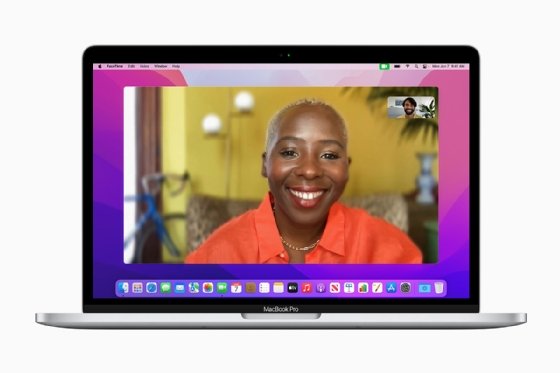FaceTime
What is FaceTime?
FaceTime is a proprietary video and audio calling service developed by Apple, primarily used on iOS, iPadOS and macOS devices. However, Android and Windows users can join an Apple user's FaceTime call if they have the latest version of Google Chrome or Microsoft Edge. And, by the end of 2023, expect to see FaceTime come to Apple TV 4K.
Originally designed to create personal and real-time connections between users, Facetime enables them to bridge geographical gaps in the era of modern communication.

The development of FaceTime
FaceTime was introduced in 2010 alongside the iPhone 4. Beyond its initial allure of personal video calling, FaceTime's appeal grew exponentially with its deeper integration into the Apple ecosystem. Downloading the app is currently exclusive to Apple devices like iPhones, iPads, Mac computers and iPod Touch.

While the FaceTime user interface is straightforward, it's built on a comprehensive technical framework. FaceTime calls use Apple Push Notification to establish a connection and then use Interactive Connectivity Establishment (ICE) and Session Initiation Protocol (SIP) to create an encrypted stream.
ICE is used to facilitate peer-to-peer connections, such as video and audio streams, across network address translators (NATs) and firewalls. It enables direct communication between devices by finding the best path to route the data.
Meanwhile, SIP provides a signal to initiate, maintain, modify and terminate real-time sessions that involve video, voice, messaging and other communications applications and services. These are widely used in voice over IP services to manage multimedia communication sessions.
Understanding the technical specifications underscores how FaceTime manages to deliver a crisp, low-latency experience, even across vast distances.
Features and functionalities of FaceTime
A major part of FaceTime's allure lies in its diverse features. Here is a list of those features:
- Audio calling.
- Call waiting.
- Hand off a call to another device.
- Link creation for easy call joining.
- Screen sharing options.
- SharePlay, which enables those on FaceTime to watch and listen together.
- Filtering for background sounds.
- Background blur for business calls.
- Live caption capability.
Collectively, these features ensure a comprehensive user experience, enabling individuals to find functions that align with their communication preferences.

Impact on communication
In today's age of remote working and global collaboration, FaceTime has emerged as the hallmark for digital communication via Apple devices.
Its convenience and quality have redefined the nature of business communications. Whether used for a quick consultation with a colleague or a virtual meeting, FaceTime provides clarity, consistency and connectivity.
Apple's innovation with FaceTime spurred a surge in video calling platforms. Companies like Zoom, Skype and Microsoft offer video calling options of their own.
Given Apple's penchant for innovation, expect to see continued advancements for FaceTime, such as more augmented reality features and cross-platform capabilities.
Explore the history and evolution of video conferencing.







